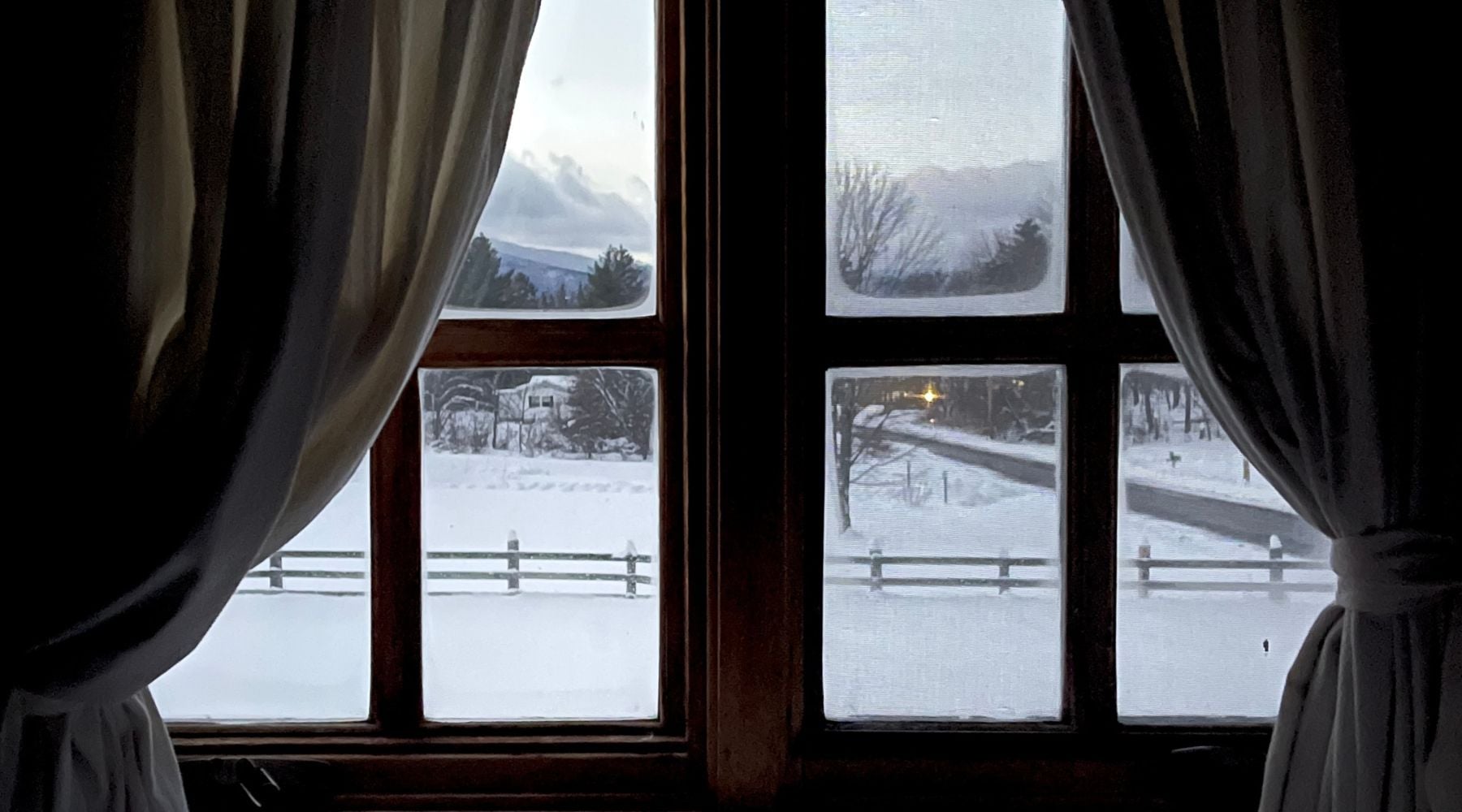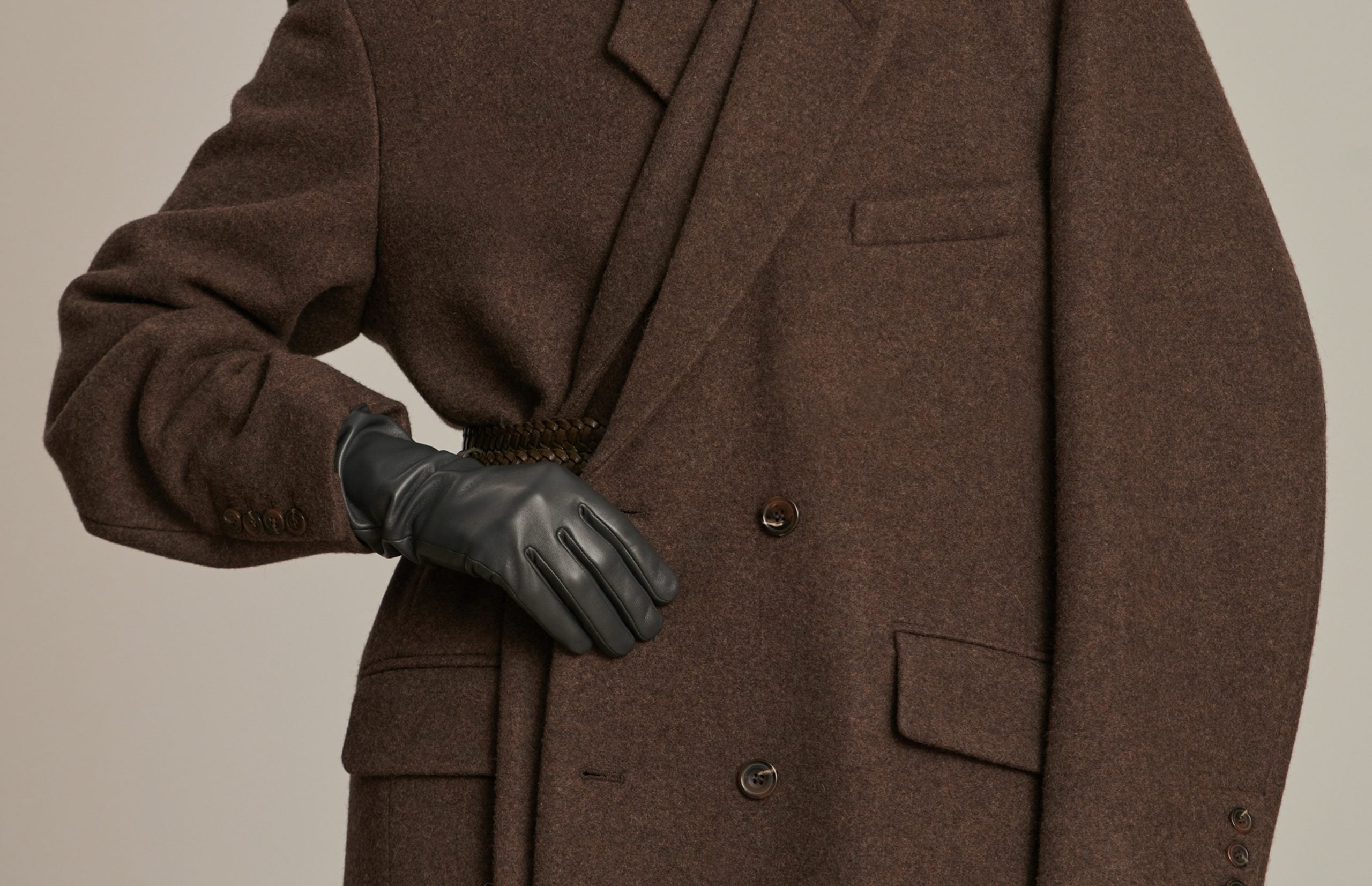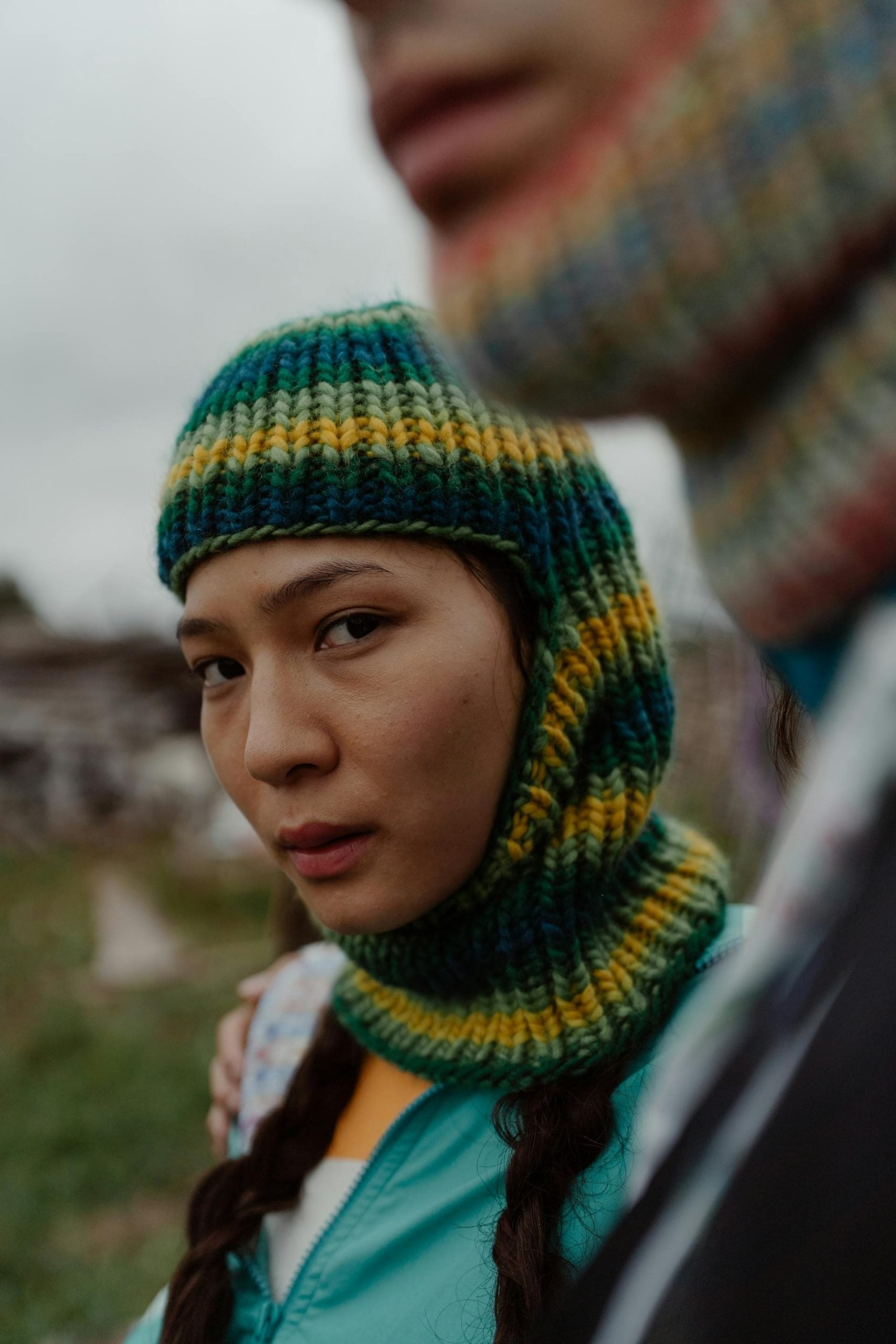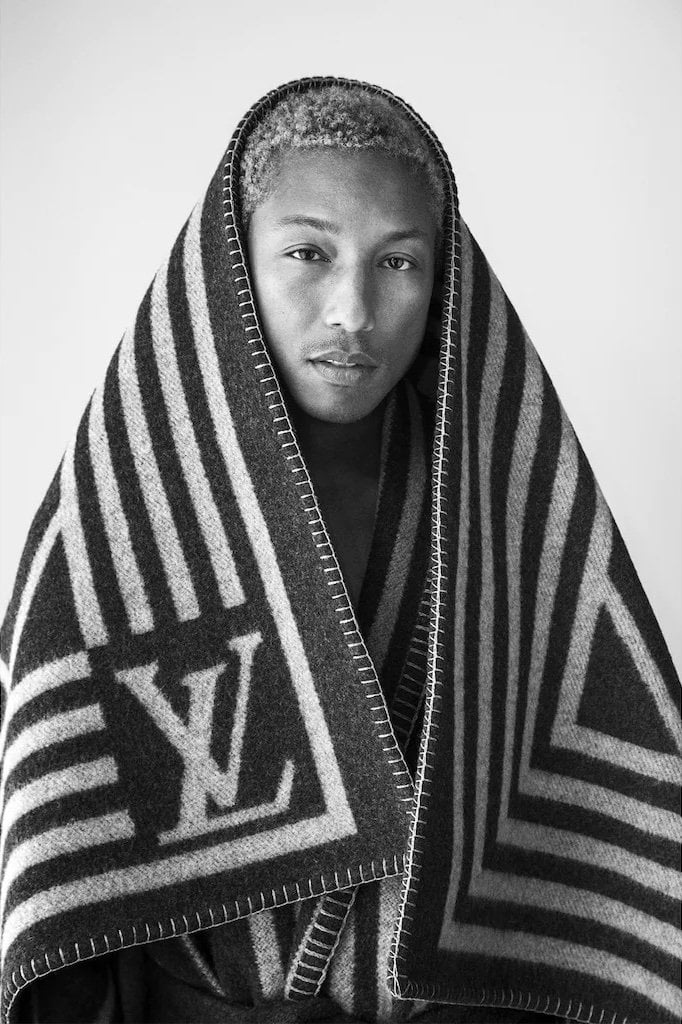
Why is the role of the artistic director being rethought?
This publication is also available in: Français
English (UK)
Deutsch
Italiano
Español
While we have been accustomed to associating a fashion house with the vision of an artistic director, rooted in the fashion industry, things seem to be shaping up differently for some time now. Indeed, with the arrival of profiles from other artistic disciplines at the helm of fashion houses, and the emergence of a new approach to creation through the establishment of creative studios, the fashion industry is challenging its model and creativity. Discovering a new vision of haute couture.
Why is the role of the artistic director being questioned?
A few weeks ago, we revisited the exhibition presented at the Palais Galliera, highlighting the Fashion Big Bang of 1997 and the impact it had on the industry. A key period that seems to be reflected in the changes we have seen unfold in recent months. However, this time, it is not the pieces and their inspirations that are undergoing transition, but the very role of the artistic director.
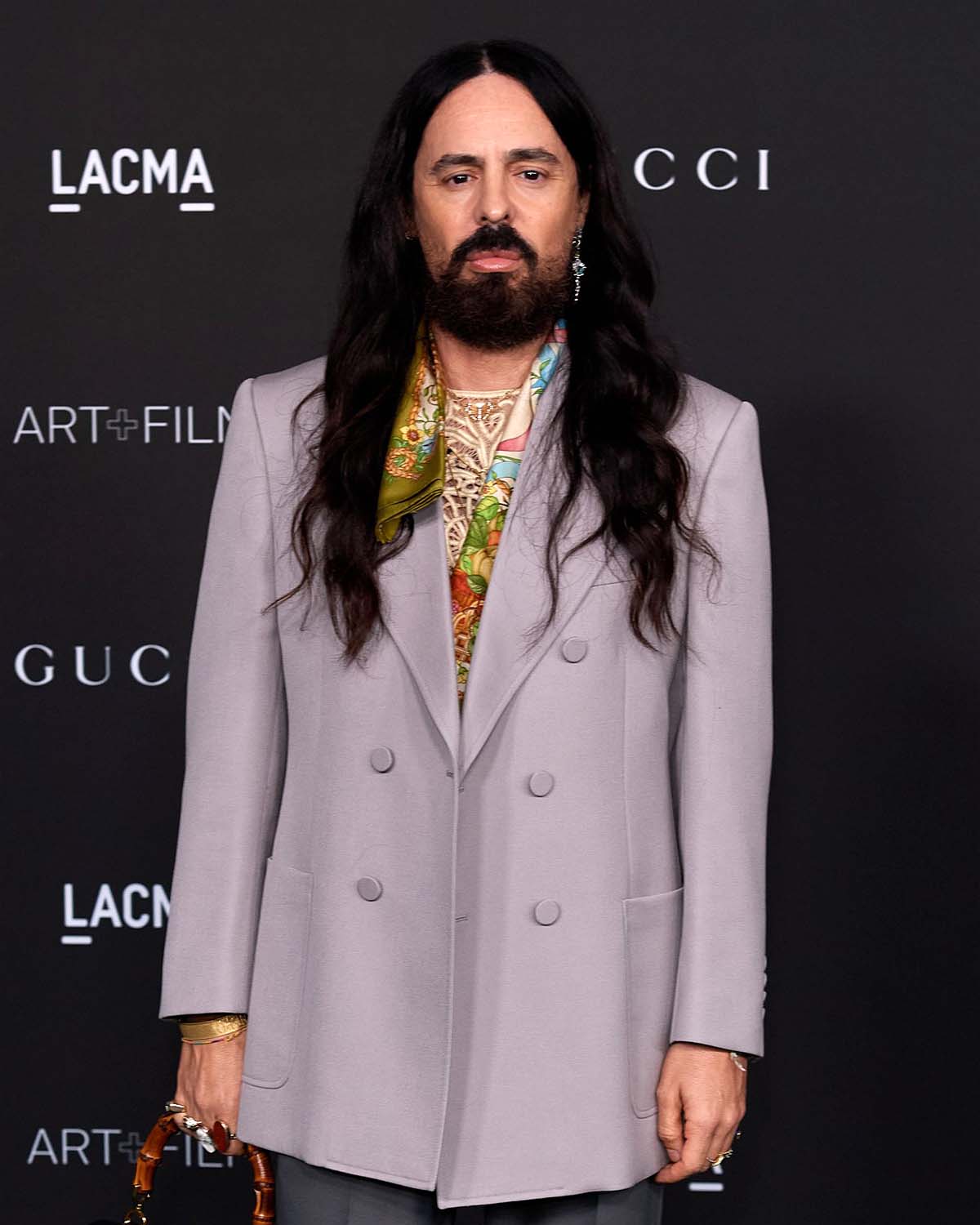
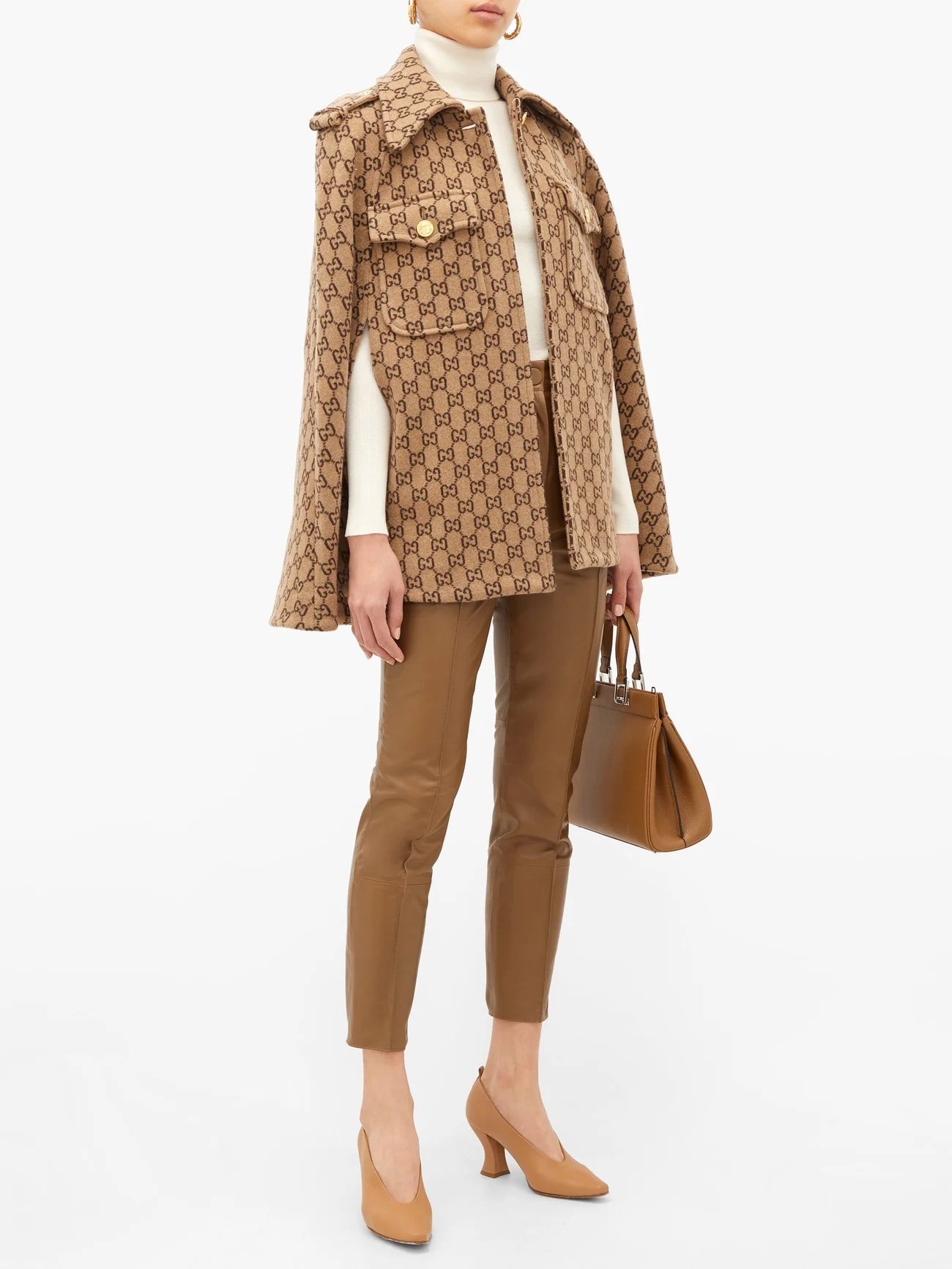
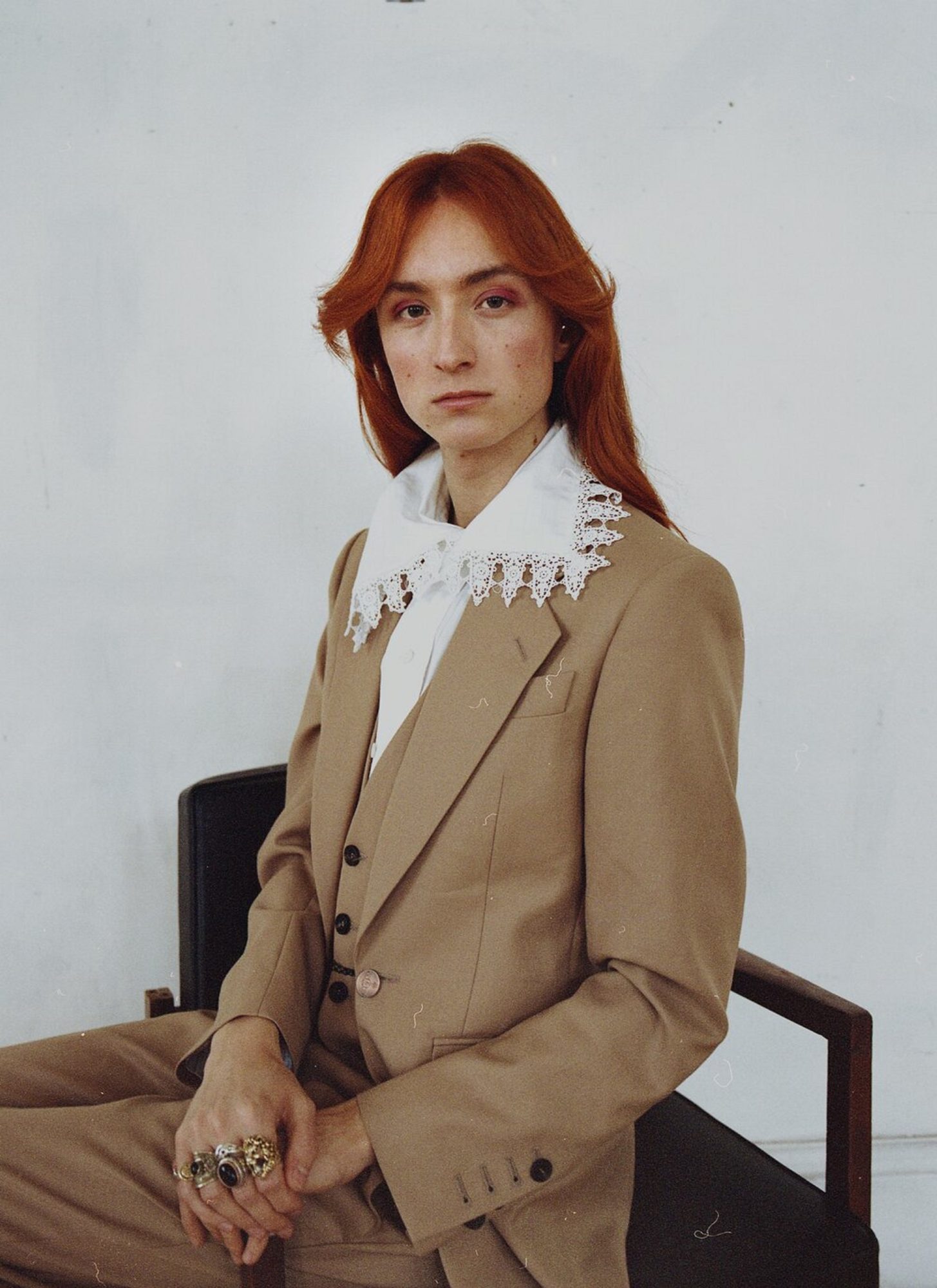
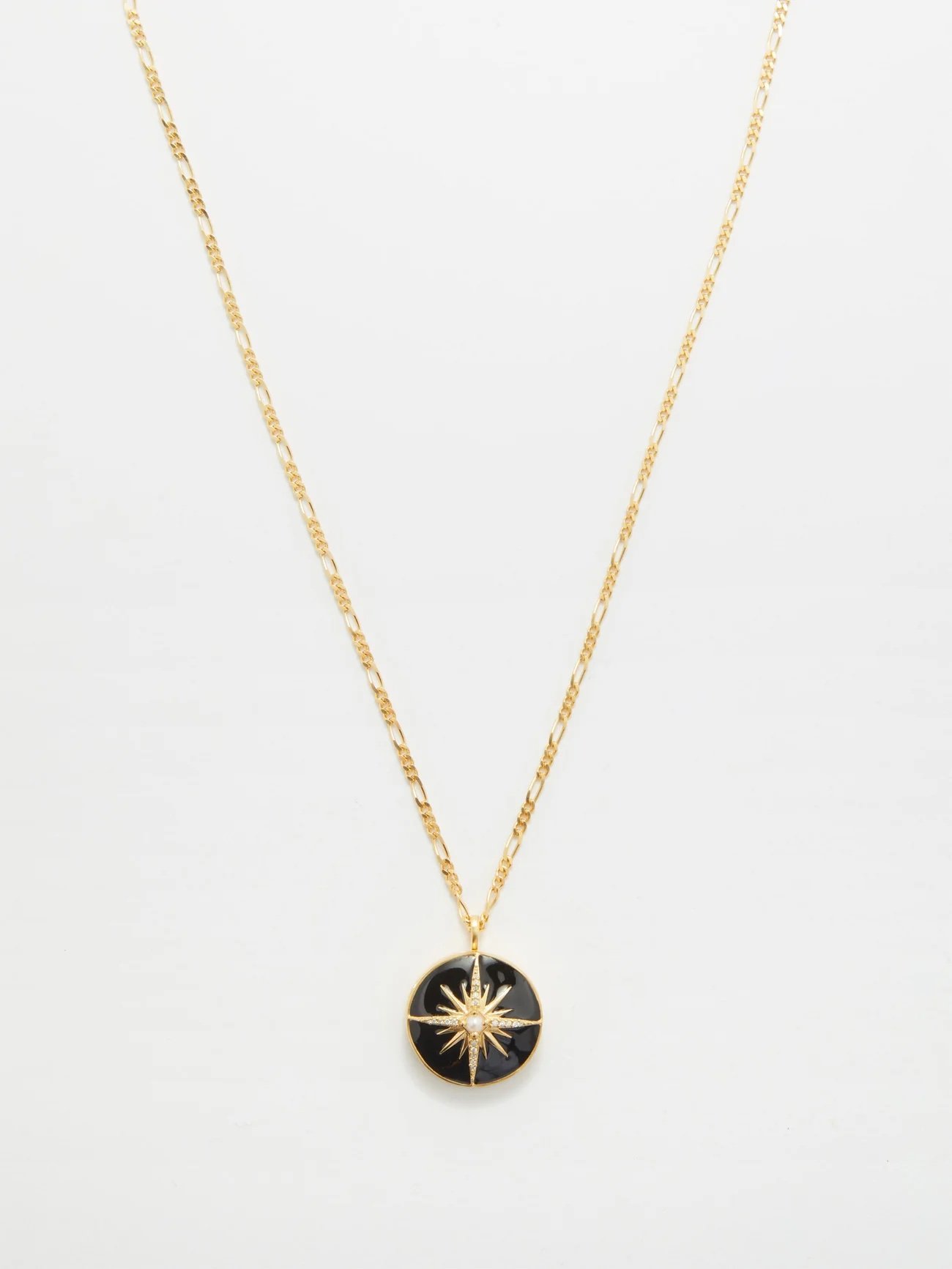
With the departure of big names at the helm of houses, such as Alessandro Michele at Gucci, the arrival of very promising new profiles, like Harris Reed at Nina Ricci, the implementation of new luxury marketing strategies to engage targets, particularly the new Generation Z… The role of the artistic director in fashion houses is being questioned, in order to find new structures that boost the creativity of the brands, and bring new dynamism to their collections.
How is the creation calendar being rethought?
For several years, we have witnessed evolutions in the approach to creation in haute couture houses. Among the main changes observed, the planning of collections and the pace of production have undergone significant evolution.
These changes can be explained by two main reasons. The first is to allow more time for the production of collections, to offer well-crafted pieces, both in their vision and construction. The second reason is to slow down the pace of collections, in order to approach creation with a more eco-responsible mindset, and reduce overproduction and overconsumption that echo this.
We can particularly observe this new approach to fashion and its seasonality at Jacquemus. The French designer, who recently dazzled the Galeries Lafayette with the Obsessions Jacquemus, stands out by thinking of pieces in line with the current season, thus presenting pieces on the runways that are directly available in stores. A process that breaks with the usual pattern, where runway shows highlight collections that will not be released for several months.
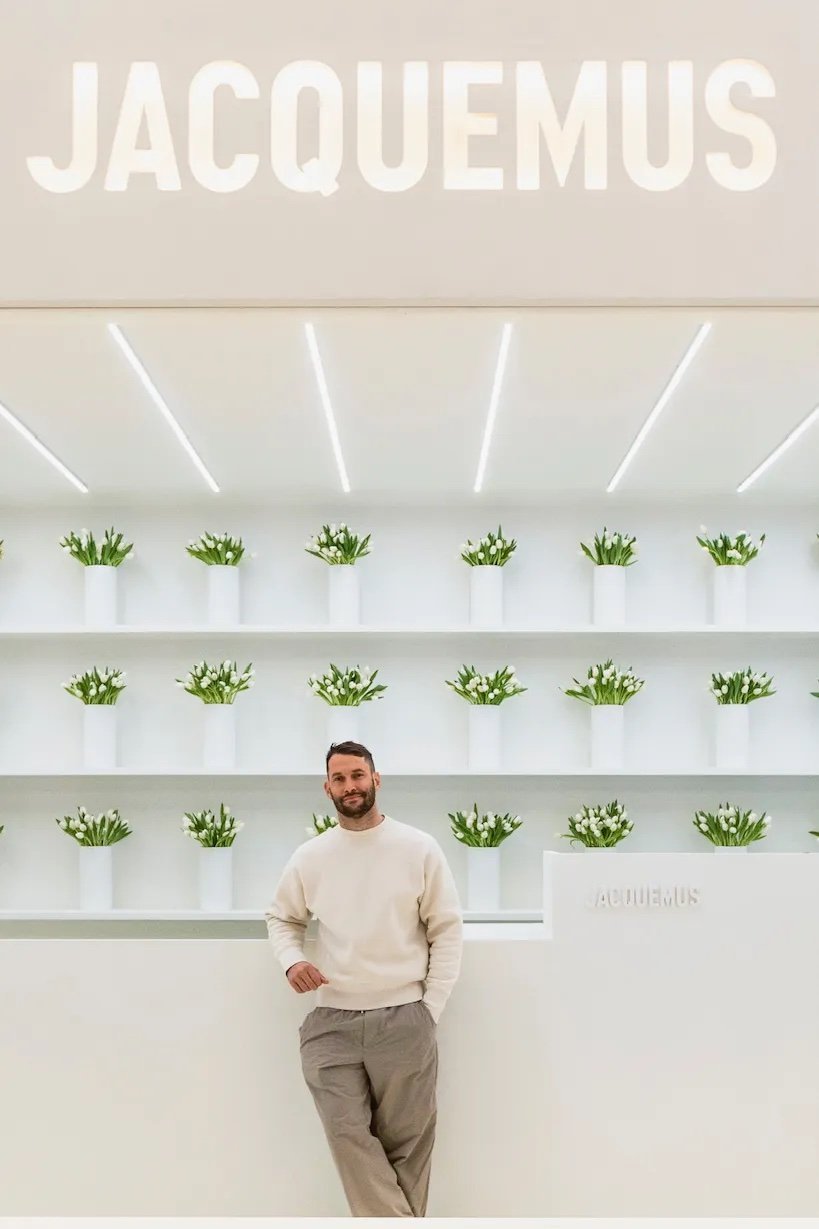
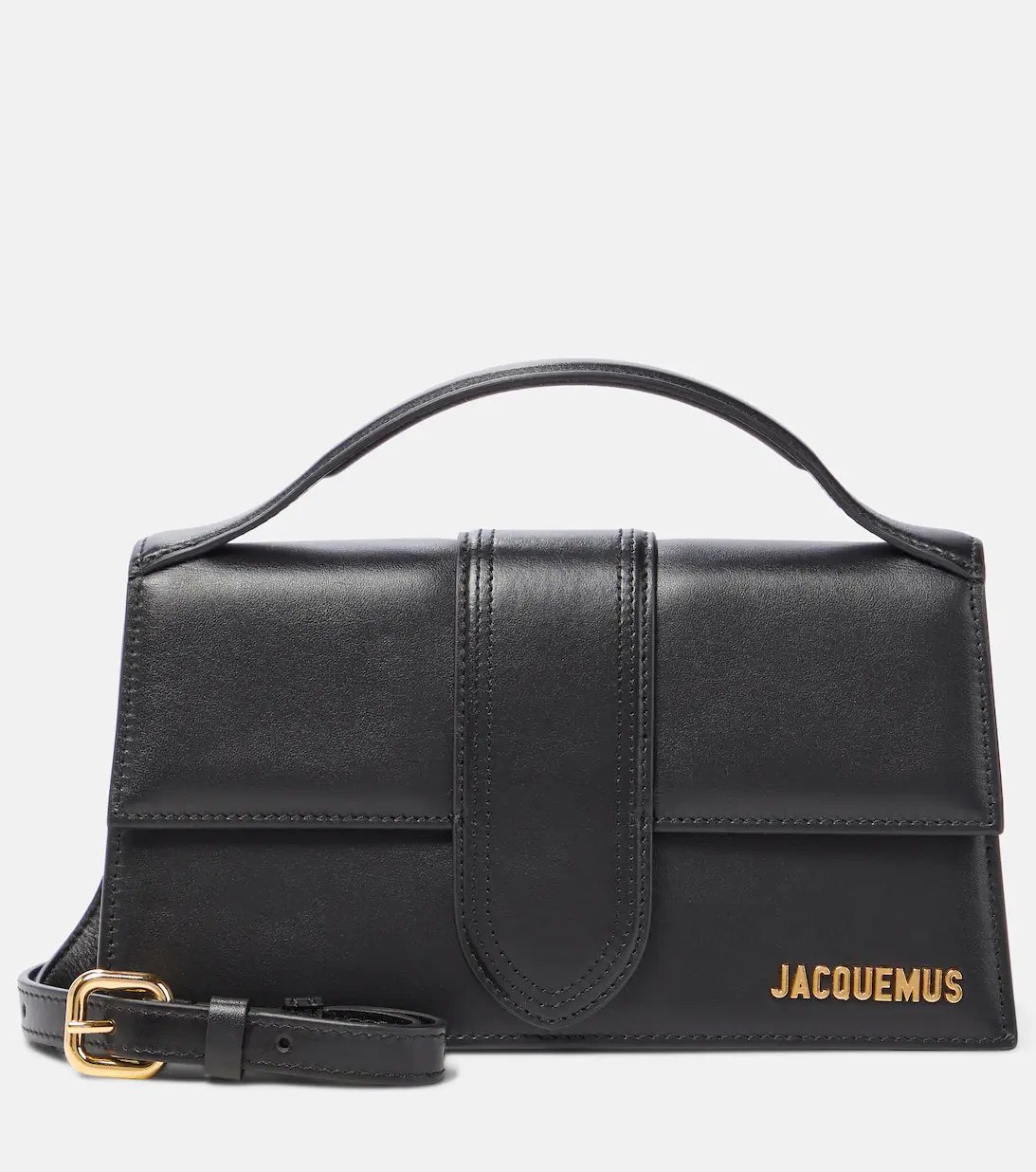
More and more, designers are reshaping their Fashion Week schedules and are no longer necessarily presenting at every appointment.
Pharrell Williams, new artistic director of Louis Vuitton
Aside from the production schedule that is set to change, the profile of the artistic director of brands is also coming into focus. While for years we have seen the arrival in this coveted position of designers who have proven themselves at other houses, or even at the helm of their own brand, it is now different resumes that seem to be sought after.
The house of Louis Vuitton exemplifies this search for profiles with a diverse creative palette. With a celebrated body of work, its last artistic director, Virgil Abloh, held roles as an architect, stylist, designer, and DJ, in addition to founding his own brand, Off White. Following his passing, Louis Vuitton turned to an equally multidisciplinary artist to lead the creation of its men’s line by appointing Pharrell Williams as artistic director.

Icon around the world, the artist is primarily rooted in the realms of music and art. However, his passion for fashion has notably led him to launch his own shoe brand Billionaire Boys Club and Ice Cream. He has also collaborated with brands like Moncler, Adidas, and Louis Vuitton.
The two initial creative exchanges with the house, in 2004 and 2008, were the first steps towards this new chapter that is about to be written. We eagerly await his first collection, which will be presented at Paris Men’s Fashion Week next June.
A choice that reflects the DNA of Louis Vuitton, which presents itself as a cultural house, where innovation and entrepreneurship are paramount. By calling upon profiles that are not solely entrenched in the fashion industry, houses choose to enrich their pieces with other inspirations and creative universes. We can bet that other brands will follow suit.
Will creative collectives replace the artistic director?
If some are rethinking the profile of the artistic director, others are completely questioning the role itself. And from this questioning comes a new vision of creation in the form of a collective. Instead of having a house directed by the vision of a single person, some are associating multiple creative profiles to bring a collection to life.
This configuration can already be observed in certain cases, particularly during the transition following the departure of an artistic director. During the handover phase, it is often different internal creative profiles within the house that come together to assemble their visions, creating pieces while waiting for a new AD to be firmly in place.
Now, this vision of multiple creators is emerging as a new approach to crafting a collection, and is replacing the usual position of the artistic director.
When Lacoste rethinks the role of the artistic director with a creative studio
This new model of creation is specifically the one in which the French brand Lacoste wishes to position itself. With a strong reputation and a presence in over 98 countries, the crocodile brand is currently experiencing a transitional phase in its history. After 4 years of creation under the watch of Louise Trotter, its former AD who left at the beginning of the year, the house wished to redefine its approach to designing its pieces that blend fashion and sportswear.
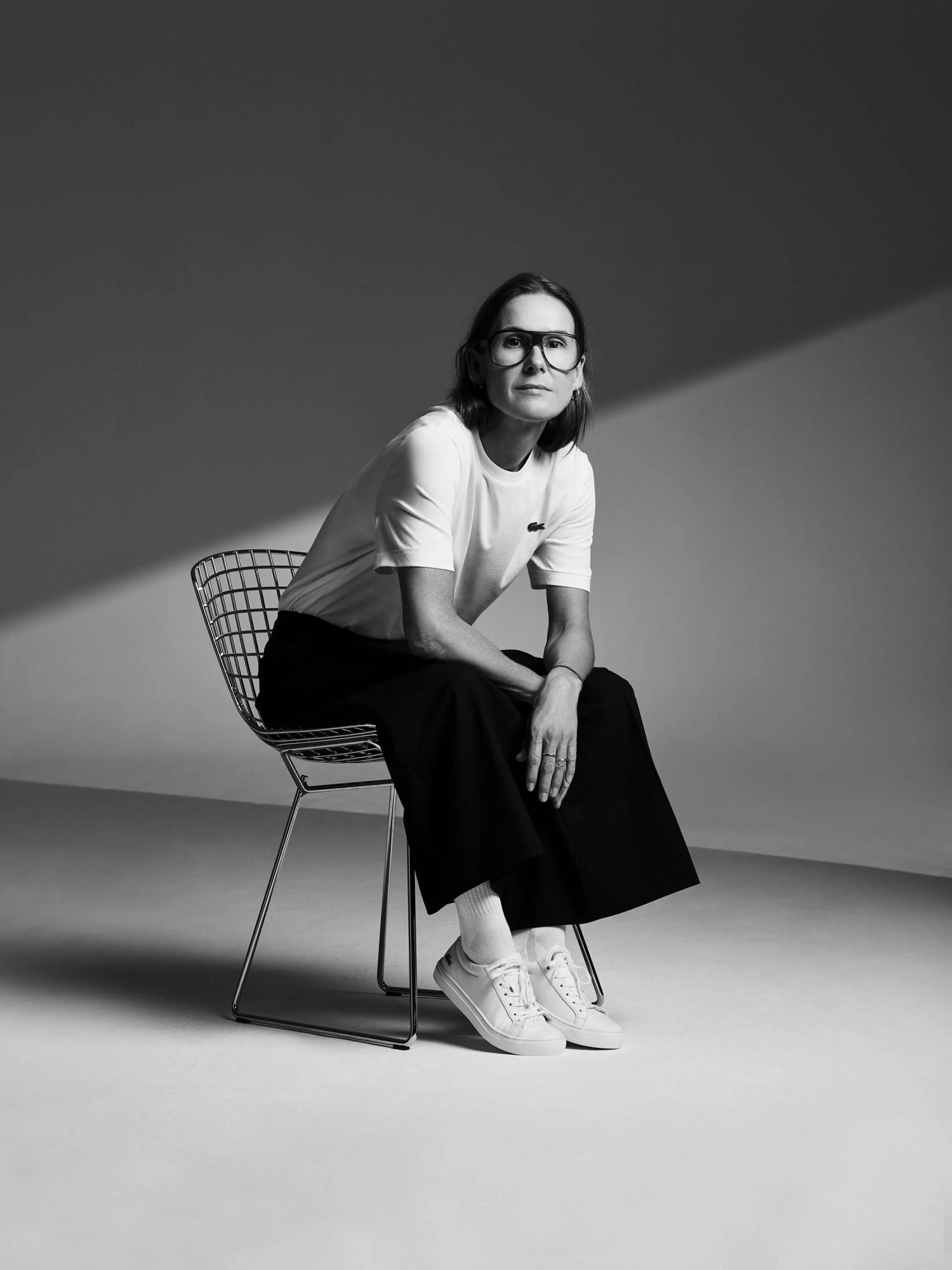
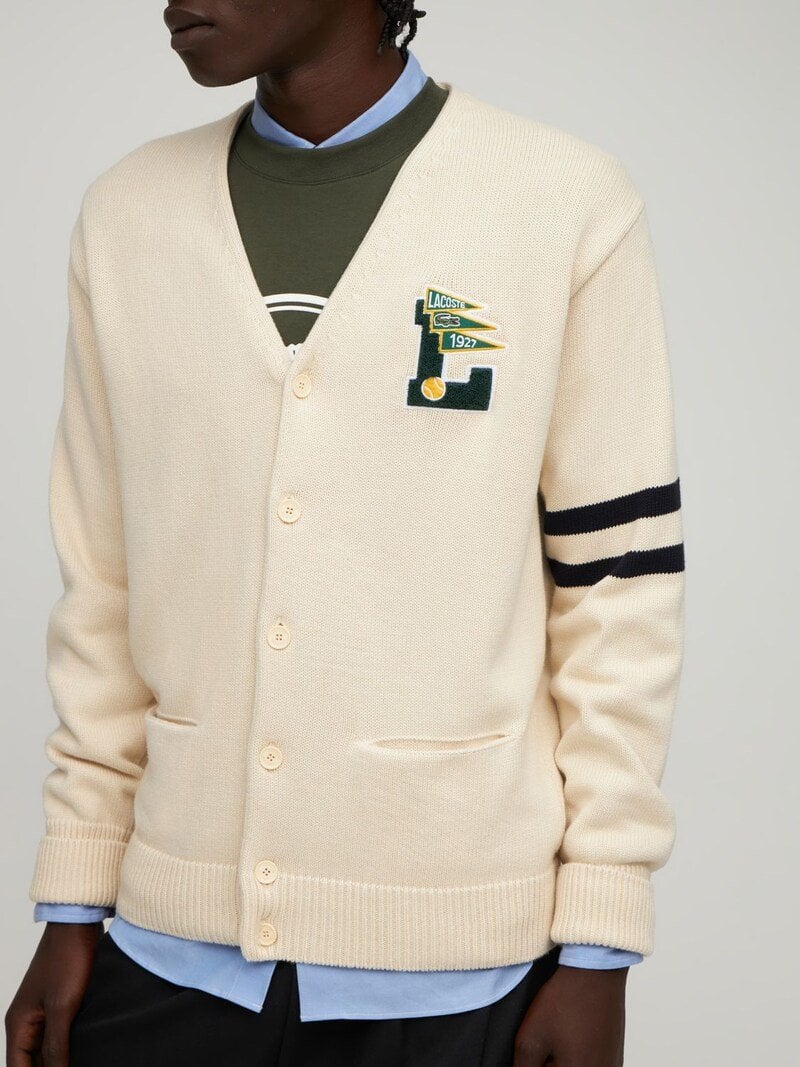
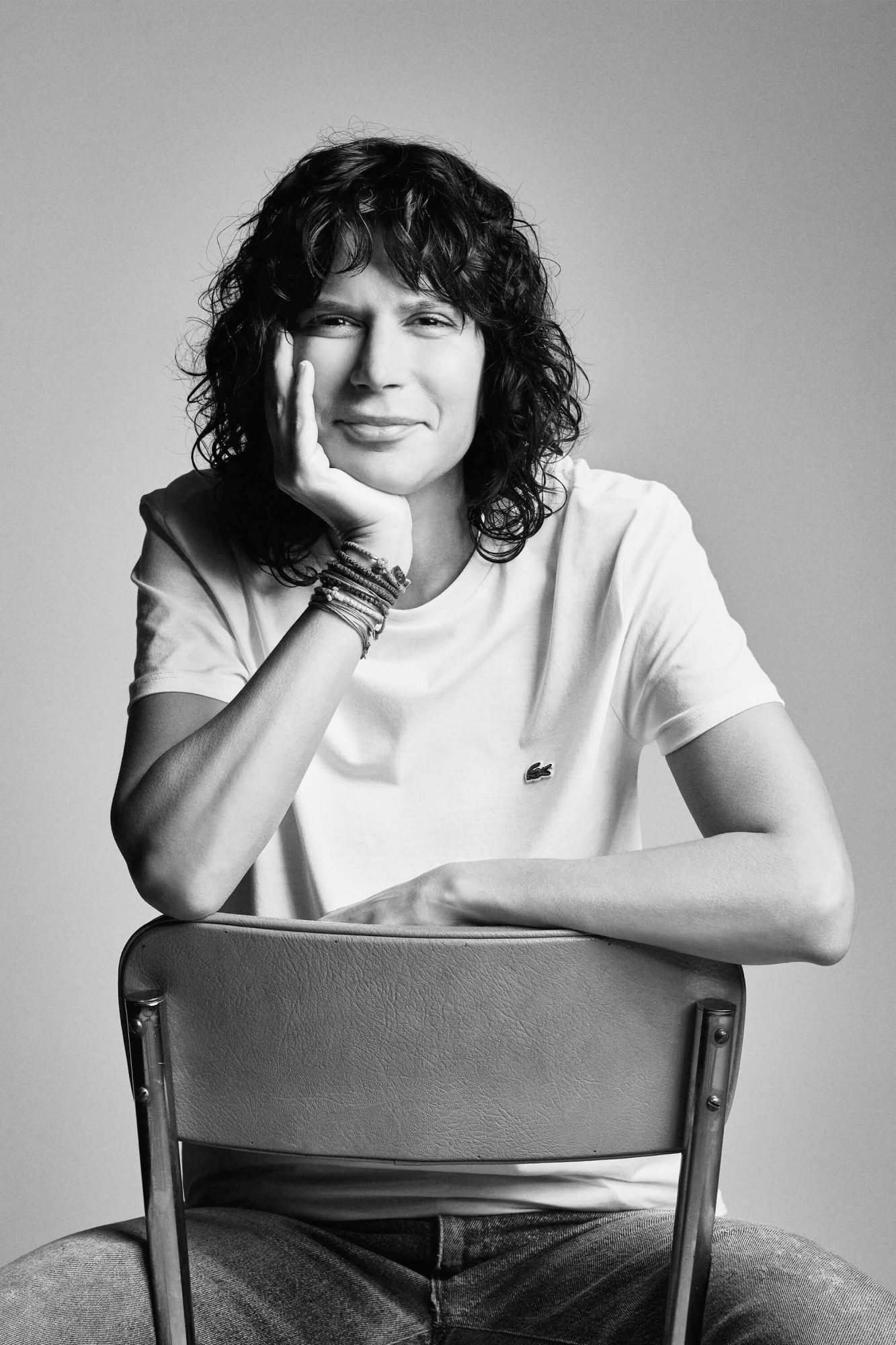
Following the departure of the one who built a strong and trendy image for Lacoste, the brand shared its desire to change its fashion design axis, and to begin this new chapter on new foundations. The first mentions of a creative studio were thus unveiled, presenting the desire to think of the brand through multiple complementary visions, rather than directing it solely through one vision.
Thus, Pelagia Kolotouros succeeds Louise Trotter, joining the house in the new role of Creative Design Director. With a strong background at Adidas, North Face, and an early career at Calvin Klein, the designer finds herself at the head of a new creative studio. Her role as artistic director thus takes on a new dimension. On one hand, she will contribute her vision to the brand. On the other hand, she will have to lead the collective of creative profiles involved in designing the pieces.
This creative studio model nourishes the entire reflection around the brand’s new pieces and collections. A wish that emphasizes Lacoste’s desire to unite cultures and communities, as its president, Thierry Guibert, specified.
This model has been observed at other houses, such as Louis Vuitton or Gucci, which, following the departure of their respective artistic director, opted for creation through collaborative studios.
Adopting a collective vision to diversify a house’s offering
On the Gucci side, a whole new concept has emerged from this creative collective spirit. Under Alessandro Michele’s era, the brand launched its Gucci Vault, a branch dedicated to vintage.
With, on one side, a service for restoring vintage pieces by experts. And a second part dedicated to creating exclusive pieces, sold only on the Gucci Vault website, and made from old fabrics from the house by a creative collective comprising several artists and designers. A way to limit waste while challenging creativity.
This approach also allows for highlighting different creative profiles, and offering them a space to express and realize their ideas.
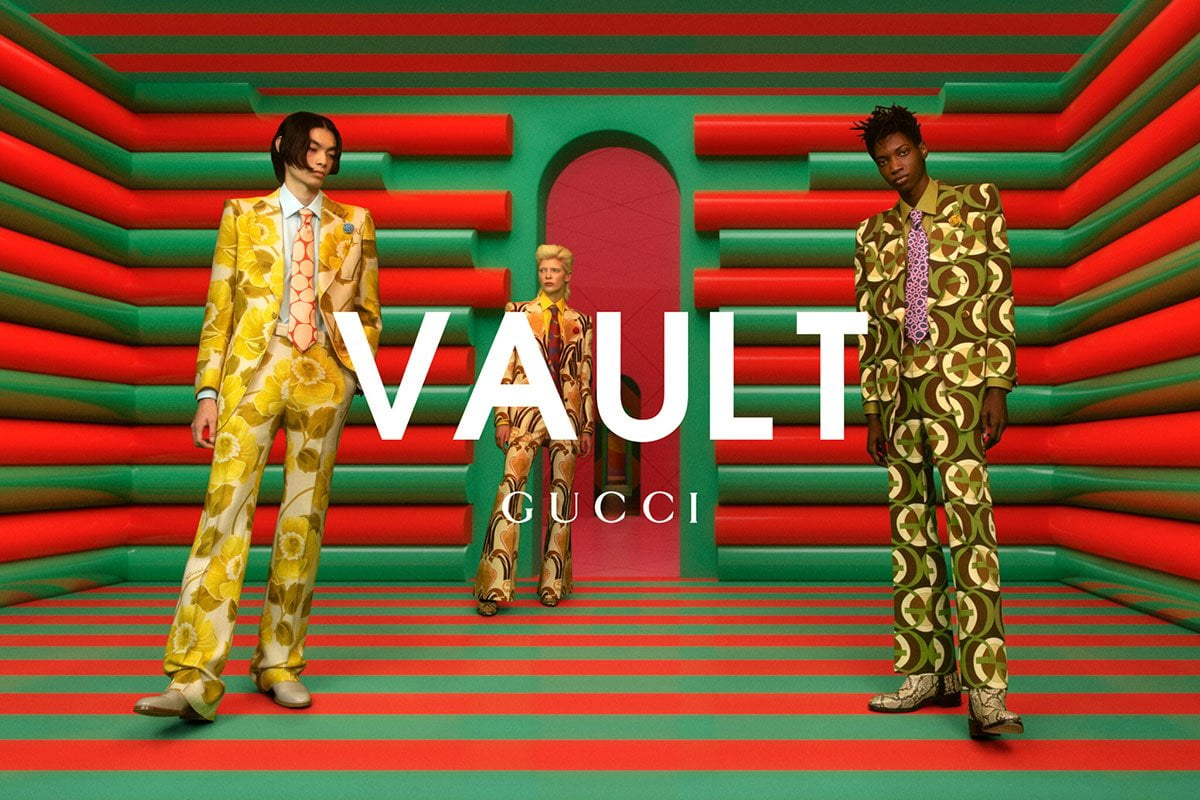
This production model via a collective creative studio is interesting from the perspective of renewing ideas. It allows for giving depth to a house and having an artistic approach where everyone can enrich themselves from one another to develop and refine their own vision. However, it can be challenging to create a perfect symbiosis among all pieces, to achieve harmony and a well-identifiable DNA. This is where the new role of the artistic director becomes crucial, to frame the creators, allowing them freedom, while creating a cohesive vision.
The position of artistic director is thus entering a new era, and we look forward to discovering its evolution in the coming years.
